Heera Mandi, introduced during the Mughal era, derived its name from Hira Singh, the prime minister under Maharaja Ranjit Singh
Reflecting on the past, the recent Netflix series 'Heeramandi: The Diamond Bazaar' has sparked interest with its portrayal of Heera Mandi, a historic red-light district in Lahore. However, the show merely scratches the surface of Heera Mandi's intricate and rich history, offering a dramatised glimpse into the lives of courtesans during the tumultuous Indian independence movement. This article aims to unravel the fiction and present the true history of Heera Mandi, a place that was once a thriving centre of art and culture, now often misunderstood and misinterpreted in modern narratives.
Heera Mandi, introduced during the Mughal era, derived its name from Hira Singh, the prime minister under Maharaja Ranjit Singh. Initially a grain market, it evolved into a cultural hub that attracted courtesans from across the country to showcase classical music and dance. These performances were a testament to the vibrant cultural heritage that thrived during this period, under the patronage of the nobility and the affluent.
Heera Mandi's courtesans, known as 'tawaifs,' were not just performers; they were the epitome of refinement and culture. They were poets, musicians, and dancers, trained in the fine arts, and they played a crucial role in the social and cultural life of the Mughal courts. Their salons were not just venues for musical and dance performances, but also intellectual forums for discussions on philosophy, politics, and poetry.
The path taken by a girl in Heera Mandi to become a tawaif was frequently influenced by custom and need. A large number of girls were born into families of courtesans, for whom the arts were both their vocation and legacy. They received early instruction in singing, poetry, conversational skills, and traditional dance styles like Kathak. Some decided to survive financially, while others were lured in by the stage's attraction and the status of being a well-known performer—the rigorous training programme aimed to hone every gesture and note to impress even the pickiest audiences.
These girls' talents served as a link between the luxury of the past and the realities of the present as they performed in Heera Mandi's salons after they had perfected their craft. It was a life centred on the arts, but it also required fortitude in the face of shifting times and societal obstacles.
A number of tawaifs have made a lasting impression on the Indian subcontinent's social and cultural fabric throughout history. Among them was Begum Samru, who became the ruler of the Sardhana principality in western Uttar Pradesh after rising from the position of courtesan. Moran Sarkar, who married Maharaja Ranjit Singh, is renowned for her power within the royal household. Wajid Ali Shah, the final nawab of Lucknow, was a patron of waziran, which was important to the city's cultural life.
Begum Hazrat Mahal, the first wife of Wajid Ali Shah, was not only a tawaif but also a key figure in the Indian Rebellion of 1857. Gauhar Jaan was a classical singer who had the distinction of recording India's first-ever record. Lastly, Zohrabai Agrewali was known for her contributions to classical music and for being a part of the rich tradition of tawaifs in the country. These women were not just entertainers; they were educators, influencers, and sometimes revolutionaries who played a pivotal role in shaping the history of their era.
Heera Mandi's status and perception underwent a dramatic change during British colonial rule. Under the new government, the tawaifs, who were formerly valued for their intelligence and artistic ability, were marginalised. The tawaifs' social status declined as a result of the British authorities' moralistic perception of their occupation, and Heera Mandi started to change from a cultural hub to a red-light district.
Heera Mandi's decline quickened following India's independence and Pakistan's subsequent partition. Once respected members of society, the tawaifs were pushed to the periphery when the newly established governments enforced rigid moral standards. The tawaifs' rich cultural legacy was in jeopardy as it started to deteriorate after centuries of prosperity.
![submenu-img]() How Kareena Kapoor, Hansal Mehta's The Buckingham Murders breaks moulds to emerge as a rare post-pandemic hit thriller
How Kareena Kapoor, Hansal Mehta's The Buckingham Murders breaks moulds to emerge as a rare post-pandemic hit thriller![submenu-img]() Bhool Bhulaiyaa 3 director Anees Bazmee on box office clash with Singham Again: 'Why should I talk to Ajay Devgn?'
Bhool Bhulaiyaa 3 director Anees Bazmee on box office clash with Singham Again: 'Why should I talk to Ajay Devgn?'![submenu-img]() Meet man, son of auto driver, resigned after being insulted as police constable, then cracked UPSC exam to become...
Meet man, son of auto driver, resigned after being insulted as police constable, then cracked UPSC exam to become...![submenu-img]() Congress releases manifesto for J-K polls, promises Rs 4000 to...
Congress releases manifesto for J-K polls, promises Rs 4000 to...![submenu-img]() Arjun Tendulkar shines with 9-wicket haul in dominant victory for...
Arjun Tendulkar shines with 9-wicket haul in dominant victory for...![submenu-img]() Mamata Banerjee और प्रदर्शनकारी डॉक्टरों के बीच हुई मीटिंग, जानें किन मांगों पर बनी बात
Mamata Banerjee और प्रदर्शनकारी डॉक्टरों के बीच हुई मीटिंग, जानें किन मांगों पर बनी बात![submenu-img]() Bihar Politics: बिहार की राजनीति में अब जासूसी कांड, Tejashwi Yadav ने लगाया बड़ा आरोप
Bihar Politics: बिहार की राजनीति में अब जासूसी कांड, Tejashwi Yadav ने लगाया बड़ा आरोप![submenu-img]() हरी झंडी दिखाने की मची होड़, धक्का-मुक्की में वंदे भारत ट्रेन के आगे गिरीं BJP विधायक, VIDEO
हरी झंडी दिखाने की मची होड़, धक्का-मुक्की में वंदे भारत ट्रेन के आगे गिरीं BJP विधायक, VIDEO![submenu-img]() जम्मू-कश्मीर में पहले चरण का चुनाव प्रचार थमा, 18 सितंबर को 24 सीटों पर डाले जाएंगे वोट
जम्मू-कश्मीर में पहले चरण का चुनाव प्रचार थमा, 18 सितंबर को 24 सीटों पर डाले जाएंगे वोट![submenu-img]() Shakira संग लाइव कॉ�न्सर्ट में हुई बदसलूकी, चोरी छुपे एक शख्स ने रिकॉर्ड किया Video
Shakira संग लाइव कॉ�न्सर्ट में हुई बदसलूकी, चोरी छुपे एक शख्स ने रिकॉर्ड किया Video![submenu-img]() Ford to return to India after 2 years with reopening of....
Ford to return to India after 2 years with reopening of....![submenu-img]() Maruti Suzuki launches new Swift CNG, check price, mileage, other features
Maruti Suzuki launches new Swift CNG, check price, mileage, other features![submenu-img]() ‘30 LPA, 3BHK, no in-laws’: Woman earning Rs 1.32 lakh salary lists demands for future husband, netizens say...
‘30 LPA, 3BHK, no in-laws’: Woman earning Rs 1.32 lakh salary lists demands for future husband, netizens say...![submenu-img]() In a big EV push, Centre launches Rs 10900 crore PM E-Drive scheme to replace…
In a big EV push, Centre launches Rs 10900 crore PM E-Drive scheme to replace…![submenu-img]() World’s longest car has helipad, swimming pool, mini-golf course, can seat over…; it cost…
World’s longest car has helipad, swimming pool, mini-golf course, can seat over…; it cost…![submenu-img]() Meet man, son of auto driver, resigned after being insulted as police constable, then cracked UPSC exam to become...
Meet man, son of auto driver, resigned after being insulted as police constable, then cracked UPSC exam to become...![submenu-img]() Meet woman who cracked UPSC at 22 without coaching while looking after ailing father, but then lost parents, now she...
Meet woman who cracked UPSC at 22 without coaching while looking after ailing father, but then lost parents, now she...![submenu-img]() Meet man, IIT graduate, who left Rs 1 crore salary job for UPSC, secured AIR 1 in 1st attempt, posted in...
Meet man, IIT graduate, who left Rs 1 crore salary job for UPSC, secured AIR 1 in 1st attempt, posted in...![submenu-img]() How to Crack NEET 2025 in First Attempt?
How to Crack NEET 2025 in First Attempt?![submenu-img]() SBI SCO Recruitment 2024 Notification: Sarkari Naukri for 1497 posts, check eligibility and selection process
SBI SCO Recruitment 2024 Notification: Sarkari Naukri for 1497 posts, check eligibility and selection process![submenu-img]() Kolkata Doctor Case: Protesting Doctors React After CBI Arrests Sandip Ghosh And Abhijit Mondal
Kolkata Doctor Case: Protesting Doctors React After CBI Arrests Sandip Ghosh And Abhijit Mondal![submenu-img]() Nitin Gadkari: Union Minister Nitin Gadkari Reveals He Was Offered Support For PM Post But Declined
Nitin Gadkari: Union Minister Nitin Gadkari Reveals He Was Offered Support For PM Post But Declined![submenu-img]() Kolkata Doctor Case: Junior Doctors Protest For 5th Night As Talks With CM Mamata Fail Again
Kolkata Doctor Case: Junior Doctors Protest For 5th Night As Talks With CM Mamata Fail Again![submenu-img]() Muslim Sculptor Crafts Tiny Ganesh Idols On Pencil Graphite #shorts #viralvideo #ganesh
Muslim Sculptor Crafts Tiny Ganesh Idols On Pencil Graphite #shorts #viralvideo #ganesh![submenu-img]() Jaishankar: EAM Dr. S. Jaishankar On India-China Relations & Disengagement Problems | Ladakh
Jaishankar: EAM Dr. S. Jaishankar On India-China Relations & Disengagement Problems | Ladakh![submenu-img]() Meet man, who turned Bajaj Housing Finance into Rs 137406 crore company, not from IIT, IIM, he is...
Meet man, who turned Bajaj Housing Finance into Rs 137406 crore company, not from IIT, IIM, he is...![submenu-img]() Meet woman who failed to secure a job, then built Rs 800 crore company by selling waste from home, her business is…
Meet woman who failed to secure a job, then built Rs 800 crore company by selling waste from home, her business is…![submenu-img]() Meet Mukesh Ambani's brother, 'third son' of Dhirubhai Ambani, who left his business to join Reliance, he is...
Meet Mukesh Ambani's brother, 'third son' of Dhirubhai Ambani, who left his business to join Reliance, he is...![submenu-img]() Meet man, an Indian, who is set to invest Rs 1258245000 in Israeli company to...
Meet man, an Indian, who is set to invest Rs 1258245000 in Israeli company to...![submenu-img]() This Shark Tank judge still uses Zomato coupons, says, 'I get excited about Rs 40…’
This Shark Tank judge still uses Zomato coupons, says, 'I get excited about Rs 40…’![submenu-img]() Meet 7 biggest wealth gainers of 2024, Elon Musk, Mukesh Ambani, Ratan Tata, not in the list
Meet 7 biggest wealth gainers of 2024, Elon Musk, Mukesh Ambani, Ratan Tata, not in the list![submenu-img]() Meet Lucknow's richest man with net worth of Rs 12580 crore, he is...
Meet Lucknow's richest man with net worth of Rs 12580 crore, he is...![submenu-img]() Siddharth, Aditi Rao Hydari share first photos from their traditional south Indian wedding: 'Mrs and Mr Adu-Siddhu'
Siddharth, Aditi Rao Hydari share first photos from their traditional south Indian wedding: 'Mrs and Mr Adu-Siddhu'![submenu-img]() In pics: Priyanka Chopra stuns in bikini as she takes 'perfect pause' for beach vacation with Nick Jonas, Malti Marie
In pics: Priyanka Chopra stuns in bikini as she takes 'perfect pause' for beach vacation with Nick Jonas, Malti Marie![submenu-img]() From John F Kennedy to Donald Trump: List of US politicians who were assassinated or targeted
From John F Kennedy to Donald Trump: List of US politicians who were assassinated or targeted![submenu-img]() Congress releases manifesto for J-K polls, promises Rs 4000 to...
Congress releases manifesto for J-K polls, promises Rs 4000 to...![submenu-img]() Jammu Kashmir Assembly Election 2024: Multi-tier security arrangements put up in J-K ahead of 1st phase polls
Jammu Kashmir Assembly Election 2024: Multi-tier security arrangements put up in J-K ahead of 1st phase polls![submenu-img]() Haryana Assembly Election 2024: BJP's Sirsa candidate withdraws nomination party may support...
Haryana Assembly Election 2024: BJP's Sirsa candidate withdraws nomination party may support...![submenu-img]() Sebi withdraws statement on 'unprofessional work culture' amid employee unrest, commits to...
Sebi withdraws statement on 'unprofessional work culture' amid employee unrest, commits to...![submenu-img]() Kolkata doctor rape, murder case: Protesting doctors accept Mamata Banerjee's ‘final’ talks invite on these 3 conditions
Kolkata doctor rape, murder case: Protesting doctors accept Mamata Banerjee's ‘final’ talks invite on these 3 conditions



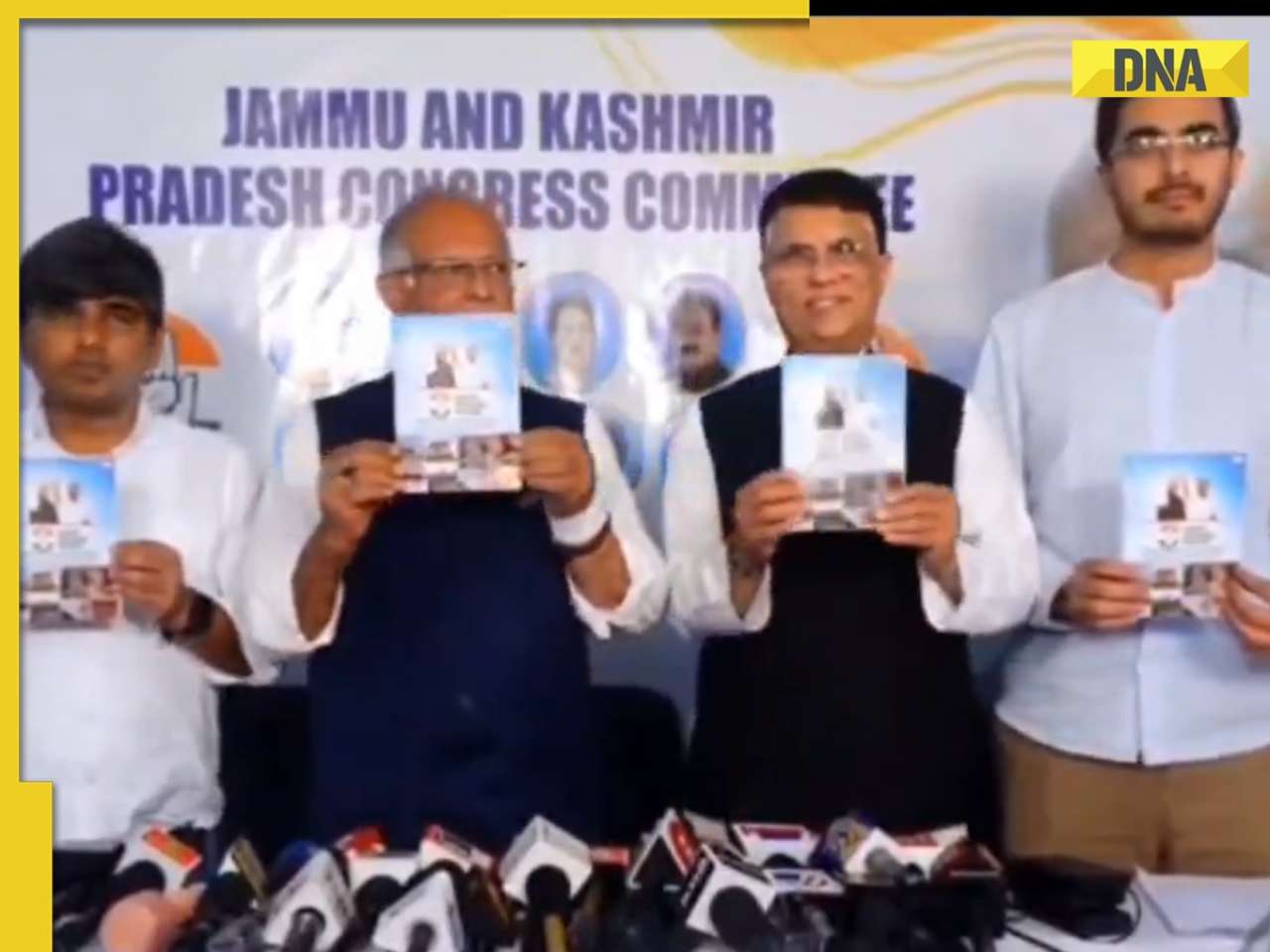








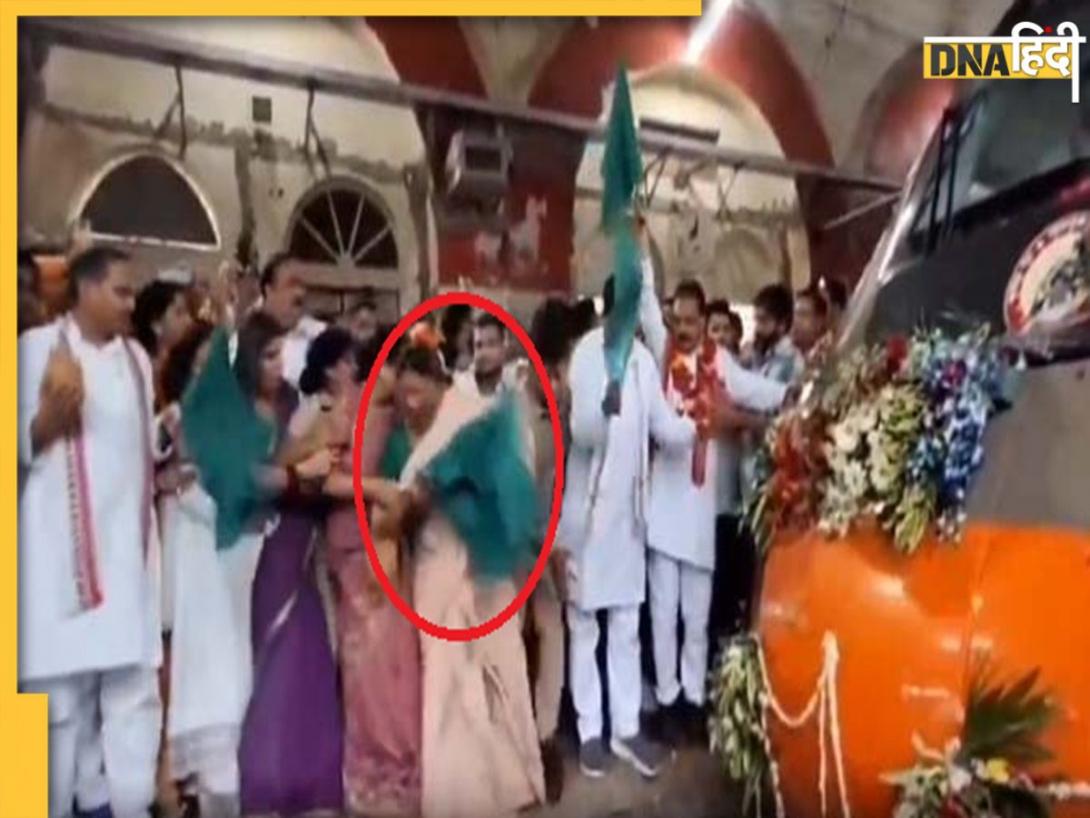







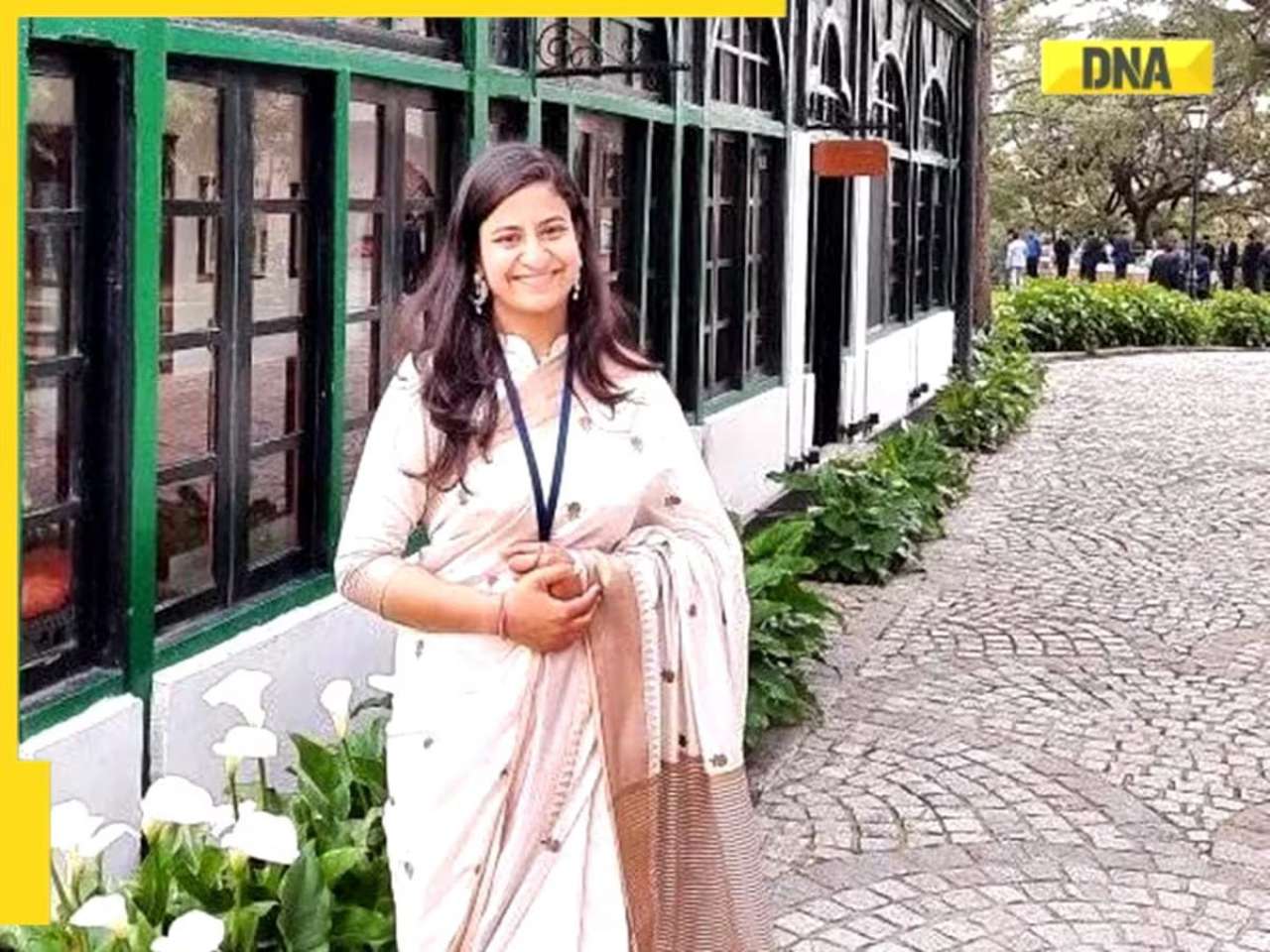




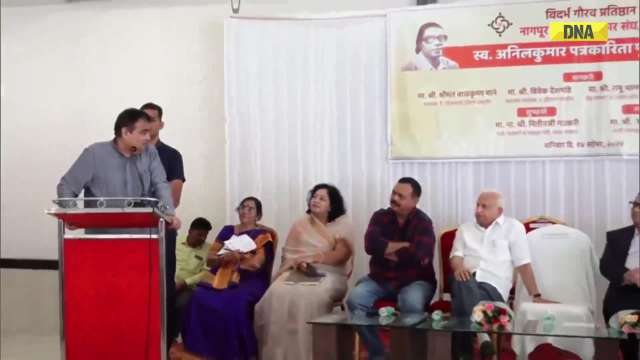





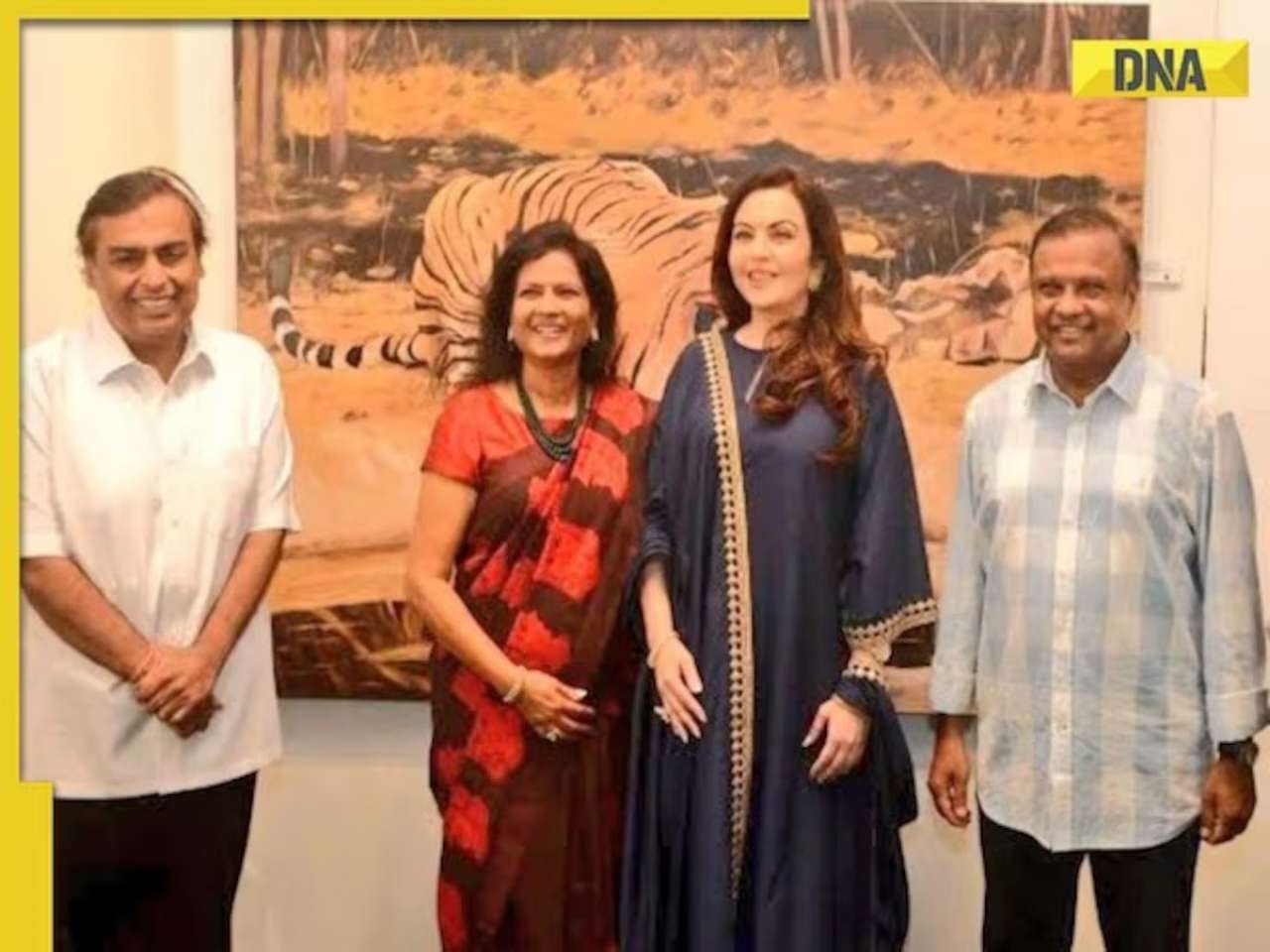
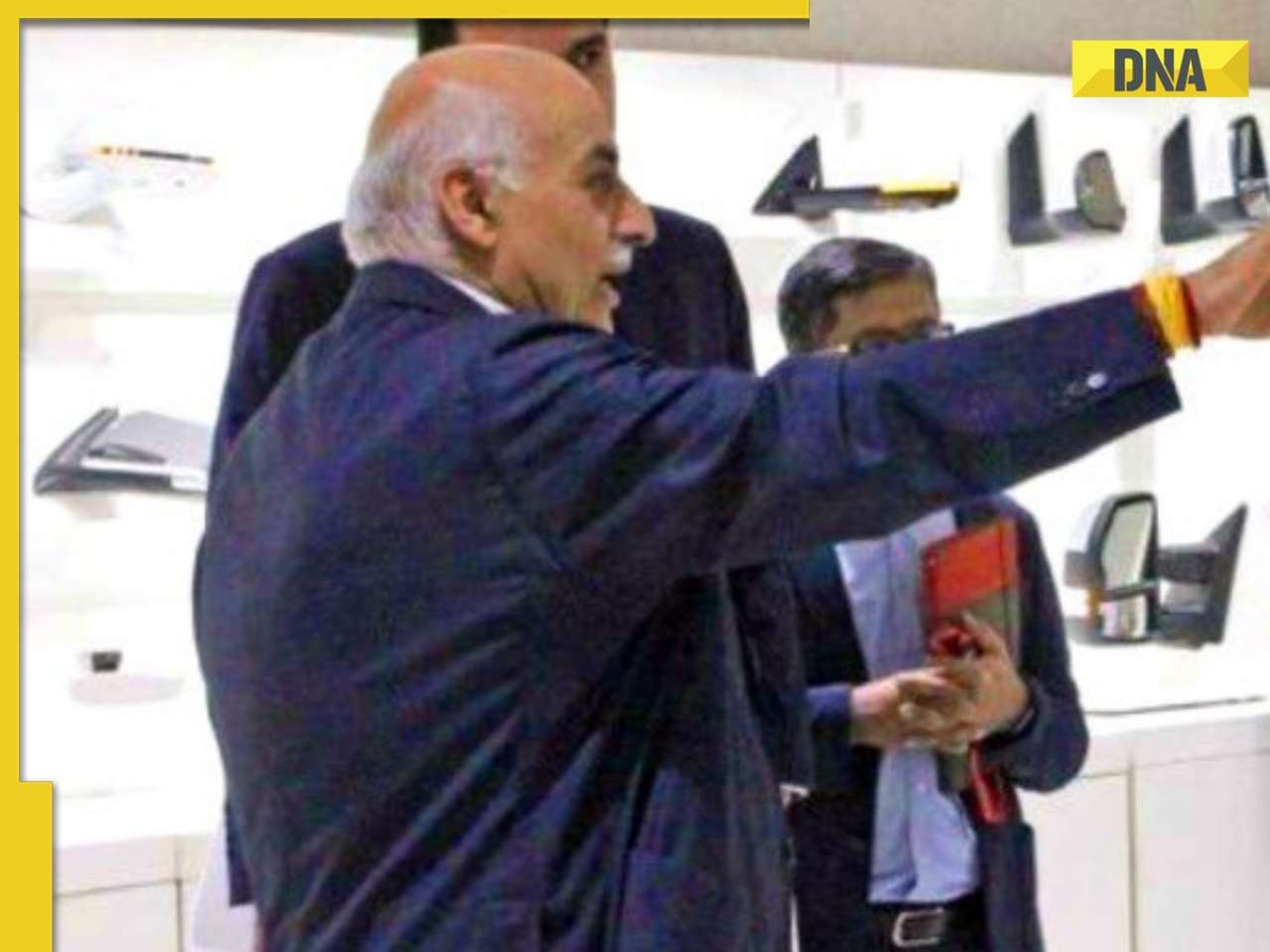











)
)
)
)
)
)
)
)
)
)
)
)
)
)
)





)
)
)
)
)
)